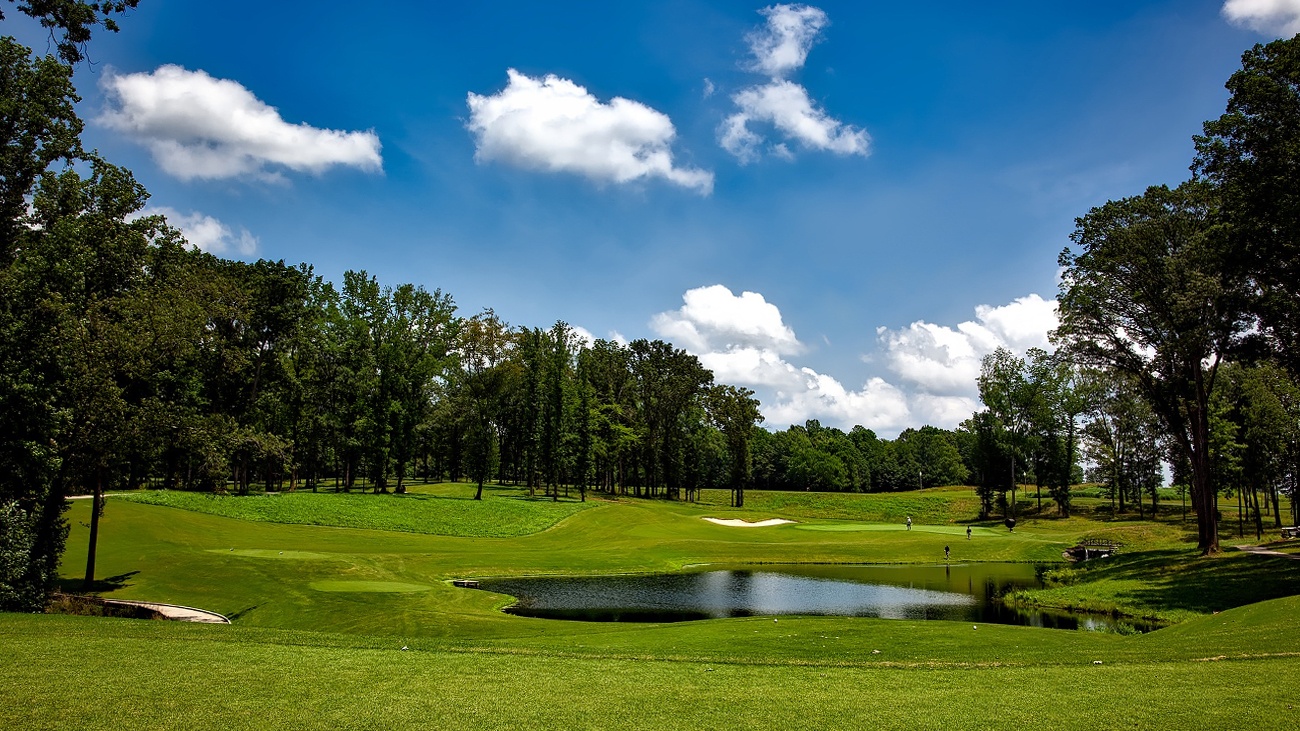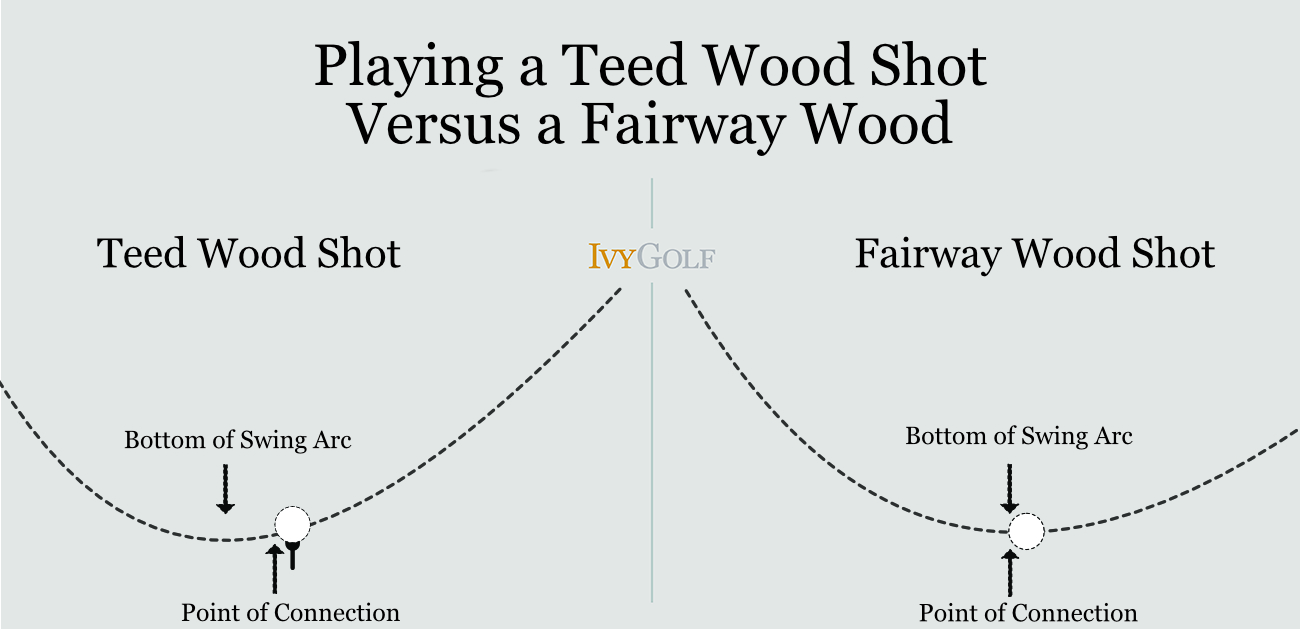Most golfers find teeing off with a wood just fine. Yet, when it comes to taking a shot with a 3 wood after landing on the fairway they fall apart. This is the frustrating part; a pitiful shot from the fairway after a great tee shot is a sure fire way to ruin your hole, potentially even your round. If you’ve found your way here, you’re already on your way to getting past the problem. We take a look at how to hit a fairway wood just the way you want to.
Address the Ball Correctly
The concept of addressing the ball correctly is basic, but an important one. Players going through these sorts of difficulties get inside their own heads, often forgetting to do the basics right. You need to face the ball square, with your feet shoulder width apart. Make sure that the ball is positioned a few inches to the inside of your left heel. The correct positioning will help the loft of your golf club do what it needs to. If you find that you’re still topping the ball with this positioning, don’t worry. Try moving the golf ball closer to the middle of your stance, which should help you connect with the ball at a lower point.
Balance your Swing
It’s essential you keep your weight balanced evenly across both feet throughout your swing. Shifting your weight between your feet during your swing will lead to inconsistency, making it harder to pinpoint the root cause of the issue. Check out this link to see the difference between your average amateurs weight distribution compared to a PGA pro.
Consider Ball Connection
Many golfers have trouble with their connection with the ball when making a fairway shot using a wood. It’s easy to top the ball in fear of striking the ground. On the other hand, some try to make their own loft and end up hitting the floor before they connect with the ball.
Click to expand:
When you take a tee shot with a 3 wood, you can afford to strike the ball as your swing arc begins its upwards rise as shown in the diagram above. You don’t get the same luxury when it comes to playing off the fairway. You need to try and hit down on the ball, with the connection made at the lowest point of your arc.
When you connect with the ball, you should feel almost as though you are brushing the ball off the top of the grass. Remember to let the loft of the club do the work. Taking the smallest possible divet just past the golf ball is a crucial indicator you’re doing something right. PGA Pro Rick Shields recommends putting a tee peg about an inch and a half in front of your ball and trying to skim it out of the ground with your follow through.
Your Lie

The guidance we’ve given you so far should help you make a good swing. Your swing itself is a repeatable process which you can practice to get better at. However, your lie is a variable that does not get repeated like for like every time you end up on the fairway.
Just because you’ve landed in the short grass doesn’t mean you’ve got the perfect lie. You might find your balls taken its spot in an old divot. This would be a rarity, but you shouldn’t consider every fairway wood shot to be the same. You still need to assess your lie, and remember to consider other obstacles such as wind conditions.
Conclusion
Successfully striking your fairway wood shots is key to getting you closer to, or even on the green in less shots. This ultimately means you’re more likely to shoot a lower score. Finding yourself on the green of a par five after two shots is huge for presenting you with eagle and birdie opportunities.

